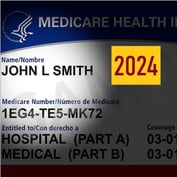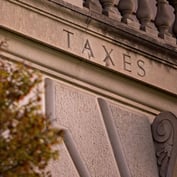— Editor’s note: This story originally appeared on our partner site GlobeSt.com.
The Republican and Democratic nominees for president, Donald Trump and Hillary Clinton respectively, have, shall we say, vastly different ideas on how to tackle the economy, foreign affairs, the military, terrorism and immigration.
But when one peels away the political rhetoric and dismisses the verbal potshots, some of their views on what the home building industry needs to survive and thrive are surprisingly similar. Let me repeat — some, not all. This is a political campaign we are talking about, after all.
Trump and one of Clinton’s economic advisors, Gene Sperling, both gave speeches at the National Association of Home Builders Board of Directors’ Midyear Meeting in Miami last week.
Both zeroed in on a big problem facing home buyers — the difficulty of securing a mortgage following the new rules put in place under the Dodd-Frank Act and other regulatory measures after the recession.
Sperling cited a study from the Urban Institute that found that 5 million fewer home loans have been issued post recession as a result of current tight lending standards.
“Our challenge now is to never swing back to where we were, but to get to an equilibrium where people who are creditworthy can get the housing they need,” he said.
A day later Trump mourned that “it is so hard for people to get mortgages today.” It is one reason, he said, that home ownership is on the decline.
Trump and Clinton both support investing in the nation’s infrastructure, although they have different ideas on how to pay for it.
While neither went into details about it the topic at the NAHB meeting, in the past Clinton has said she would introduce a $275 billion infrastructure plan that would be funded by taxes on the wealthy. Trump has called for a $550 billion infrastructure plan that would be funded via government bonds.
And finally, both candidates acknowledge that home building is an integral piece of the U.S. economy.
As far as unity goes, that was pretty much it.
The respective speeches did give some sense of what a Clinton or Trump administration would mean for home builders.
Taxes








 August 16, 2016 at 05:48 AM
August 16, 2016 at 05:48 AM










